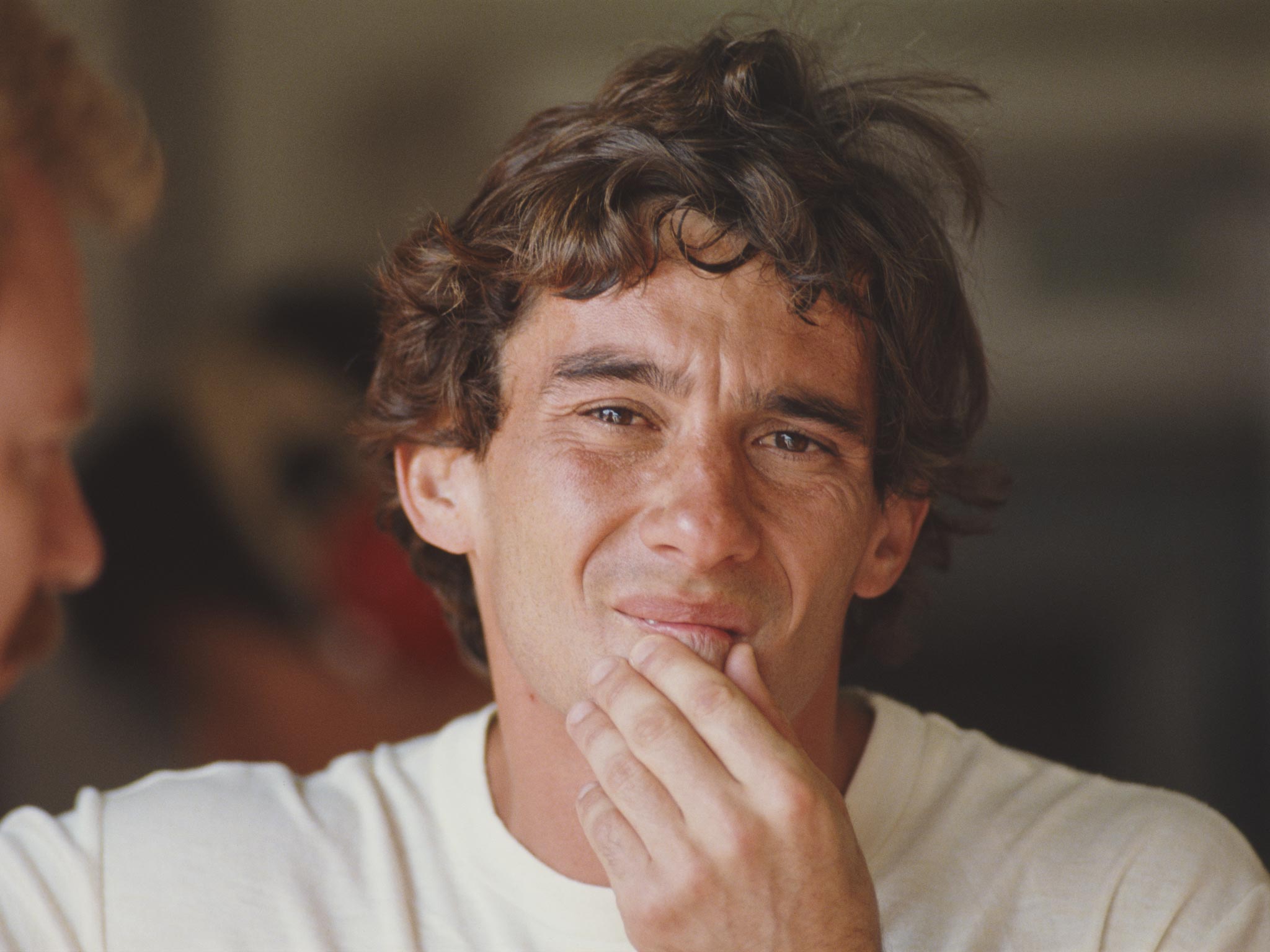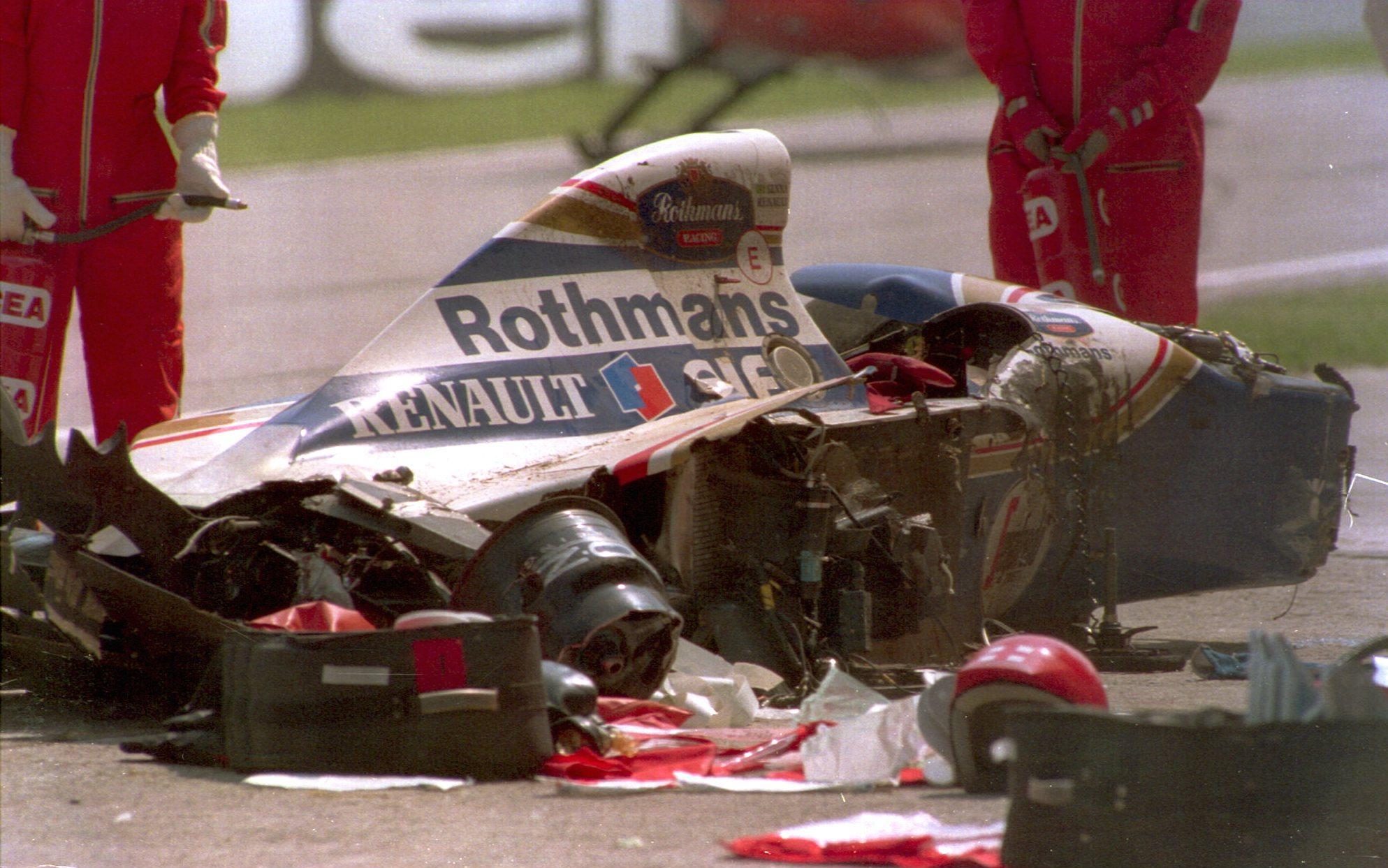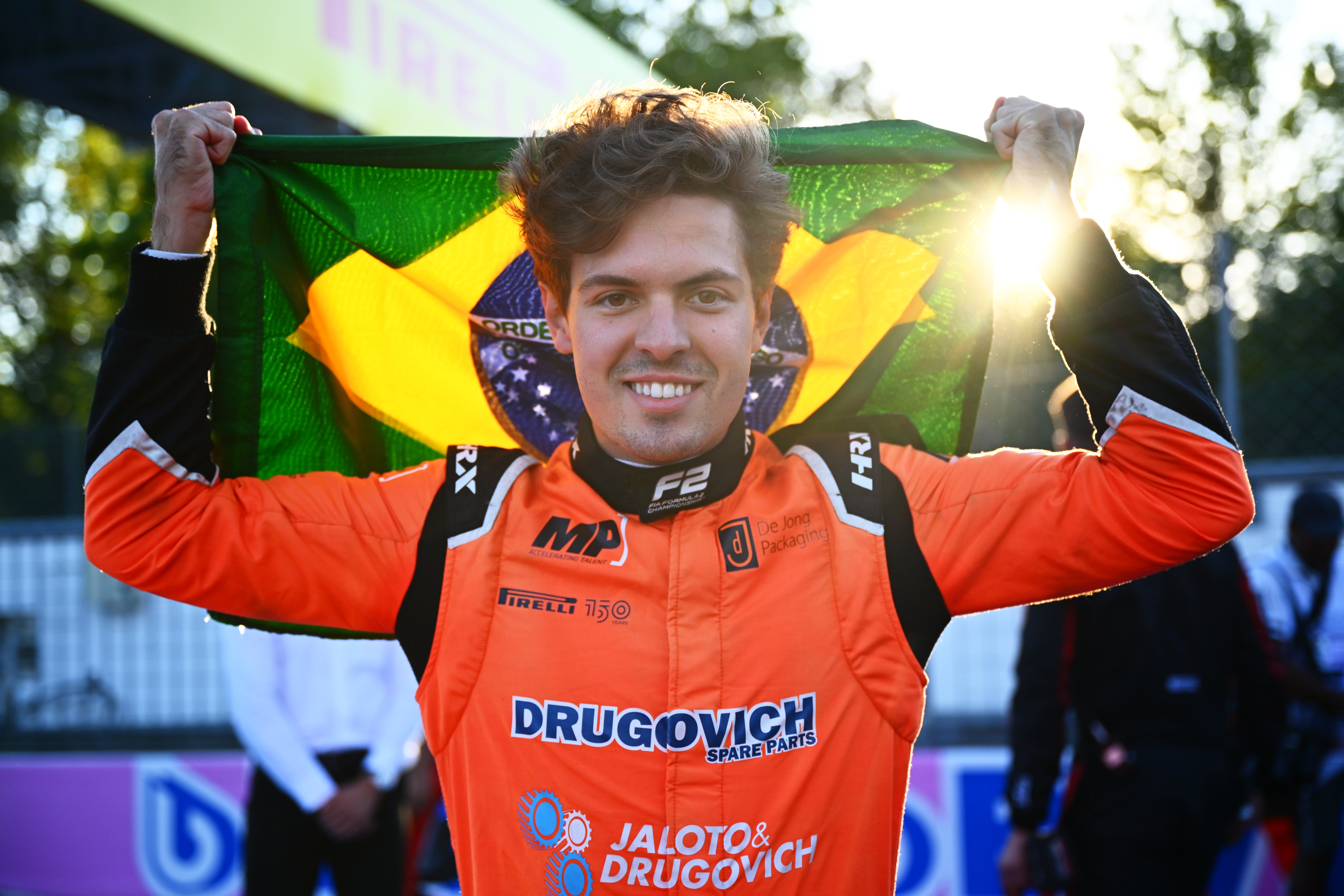Ayrton Senna’s dazzling legacy endures, 30 years on from F1 star’s tragic death
Wednesday 1 May marked 30 years since the Brazilian Formula 1 star died at the San Marino Grand Prix in Imola, sending shockwaves around the world


Your support helps us to tell the story
This election is still a dead heat, according to most polls. In a fight with such wafer-thin margins, we need reporters on the ground talking to the people Trump and Harris are courting. Your support allows us to keep sending journalists to the story.
The Independent is trusted by 27 million Americans from across the entire political spectrum every month. Unlike many other quality news outlets, we choose not to lock you out of our reporting and analysis with paywalls. But quality journalism must still be paid for.
Help us keep bring these critical stories to light. Your support makes all the difference.
For a career as distinguished as three-time Formula One world champion Ayrton Senna’s, his record at his home race in Brazil was peculiarly underwhelming. Having made his debut in 1984 and tasted disqualification while leading in 1988, Sao Paulo’s favourite son only claimed his first victory at Interlagos in 1991. And, like much in Senna’s enthralling time in F1, it was no easy ride.
Starting on pole, Senna’s path to victory seemed nailed on until a late gearbox issue forced him to complete the final laps solely in sixth gear. With the heavens having opened too, a stall or a spin seemed excruciatingly inevitable but somehow, in a manner which would have been described as miraculous if it wasn’t Ayrton Senna’s doing, he inched home by two seconds. Physically and mentally exhausted, the hometown hero needed assistance exiting his McLaren cockpit. Broken, but not beaten.
His devastating death three years later, at the 1994 San Marino Grand Prix, robbed the sport of more glorious years of Senna’s influence, on and off the racetrack. You need only look at the immediate aftermath of his fatal crash at Imola to witness the emotional hold he had on his country and the world. Three days of national mourning; 3 million people lined the streets of Sao Paulo on the day of his funeral; Brazil’s triumphant 1994 World Cup team dedicated their win to Senna.
More significantly, safety provisions implemented in F1 since mean Senna remains the last driver to have died on the day of an incident on track. The Ayrton Senna Institute formed shortly after his death also aids young Brazilians in poverty. It’s some legacy.
A legacy that, 30 years on, still reverberates. Wednesday marks the passing of three decades since Senna’s deadly accident at Tamburello corner at Imola. A day earlier, Roland Ratzenberger had died in qualifying. Quickly, the two days were labelled F1’s darkest weekend.
To the present-day in Imola, where both Senna and Ratzenberger will be honoured with a day of remembrance at the circuit. A moment of silence will be held at 2:17pm today, the exact time of Senna’s crash, at Tamburello before the congregation - set to include F1 chief executive Stefano Domenicali - moves on to the Villeneuve section of racetrack to commemorate where Ratzenberger died instantly.
It is a free event for the public, who can visit exhibits of memorabilia of both drivers at the Checco Costa Museum. The day will conclude with an “Ayrton and I” event on the starting straight at 9pm, described as a “theatrical monologue accompanied by music and images on the relationship between the driver and his fans.”
Imola’s mayor Marco Paniere has said of the day’s events: “The remembrance of Senna and Ratzenberger will also be an opportunity for dialogue.


“For relations and listening between peoples, between cultures, and will unite different continents, along these months and in particular on the day of May 1.”
In two weeks, Imola will be readying itself to host this year’s Emilia Romagna Grand Prix, one year after its cancellation due to severe flooding in the region. Among those present in the current era of star drivers is none other than Lewis Hamilton. That’s Lewis Hamilton, honorary Brazilian citizen.
The Brit, on his way to Ferrari next year, a team Senna was set to join in 1995, has labelled Senna as his childhood hero and has paid tribute to him during his trips to Brazil, last year wearing a full-length yellow suit with Senna’s face on the back.
“Ayrton’s life was cut short and had he had the opportunity to continue and race in safe conditions, he would have won more championships,” Hamilton has said previously about Senna.

“I don’t look upon him and think that I am better because I have more wins, more championships and more poles, but I feel very proud that my name is mentioned alongside his.”
For those of a younger generation, Asif Kapadia’s brilliant 2010 documentary film Senna gave a unique insight into the man and the driver so beloved in his sport and his country. Brazil have not had a Formula One world champion since, though of course Felipe Massa came close in 2008 with that last-lap denial from Hamilton, amid a controversial season he is actually in the process of formally protesting in the courts.
Rubens Barrichello came close the following year too, finishing runner-up to Jenson Button in Brawn’s standout sole season.
Formula One is still huge in Brazil. Interlagos has hosted the only race in South America for 25 years now. So it makes it slightly strange – for a country where sport plays a role almost biblical in significance – that since Massa’s retirement in 2017, there has not been a Brazilian driver with a full-time race seat in Formula One.
Brazilian drivers in Formula One since Ayrton Senna
– Rubens Barrichello (1993-2011)
– Pedro Paulo Diniz (1995-2000)
– Ricardo Rosset (1996-1998)
– Tarso Marques (1996-1997, 2001)
– Ricardo Zonta (1999-2001, 2004-2005)
– Luciano Burti (2000-2001)
– Enrique Bernoldi (2001-2002)
– Felipe Massa (2002, 2004-2017)
– Cristiano da Matta (2003-2004)
– Antonio Pizzonia (2003-2005)
– Nelson Piquet (2008-2009)
– Bruna Senna* (2010-2012)
– Lucas di Grassi (2010)
– Felipe Nasr (2015-2016)
*Ayrton’s nephew
Previous to this, there had been a Brazilian driver on the grid every year since 1969.
That’s seven years since Massa’s retirement, with 2022 Formula Two champion and Aston Martin reserve Felipe Drugovich - the No 1 Brazilian contender for a seat - unable to find a route onto the 20-person grid. Drugovich was linked with Logan Sargeant’s seat at Williams, but that route to the grid now looks a non-starter.
For Drugovich himself, his position on the ladder right now reflects a spot neither here nor there, whereby he can’t land a spot at the top table but also cannot compete in F2 having won the championship previously. It is a rule that is particularly harsh and self-defeating; Drugovich’s impressive 2022 win quickly feels sour when he fails to go racing for a second straight year. The previous occupier of such a spot, Oscar Piastri, burnt some bridges in ditching Alpine to replace Daniel Ricciardo at McLaren and has been fully justified in his boldness with a string of impressive displays.

Will Drugovich have to follow a similar, unpopular path to have a go in Formula One?
Further down the Brazilian talent roster, hot prospects are not forthcoming. Pietro Fittipaldi – grandson of two-time world champion Emerson – filled in for Romain Grosjean in Bahrain in 2020 for Haas though has been overtaken in the pecking order by Essex teenager Ollie Bearman. Pietro’s brother, Enzo, is currently in F2 for the fourth straight year and highly rated talent Caio Collet is in Indy NXT this year, the feeder series for IndyCar.
So frankly, all hopes in the short-term remain with Drugovich. He filled in for Lance Stroll admirably in pre-season testing at the start of the 2023 season. But it simply looks set to be a waiting game, with Fernando Alonso and Stroll signed up for next year and beyond.
For now, Brazilians simply laud and cheer for Hamilton, whose relationship with Brazil has come full circle since jeers at the scene of his first title. His Mercedes team-mate George Russell was a popular winner in 2022 too, securing his first victory in F1. But for a country whose people adored Senna, the absence of a home favourite is a crying shame.
And 30 years since his tragic accident, his lost years are still sorely felt. A cruel detail which crops up with every anniversary is that, hours after Ratzenberger’s death, a grief-stricken Senna called his girlfriend Adriane Galisteu and told her he would not be racing in Sunday’s grand prix. Hours later, he changed his mind.
Senna’s plan, starting on pole position, was to unfurl an Austrian flag from his cockpit after the chequered flag in memory of Ratzenberger. Devastatingly, he never got that chance. It was the human touch which explains why he still brings people together, three decades on.
A version of this article was published on 3 November 2023. It was updated on 1 May 2024.



Join our commenting forum
Join thought-provoking conversations, follow other Independent readers and see their replies
Comments